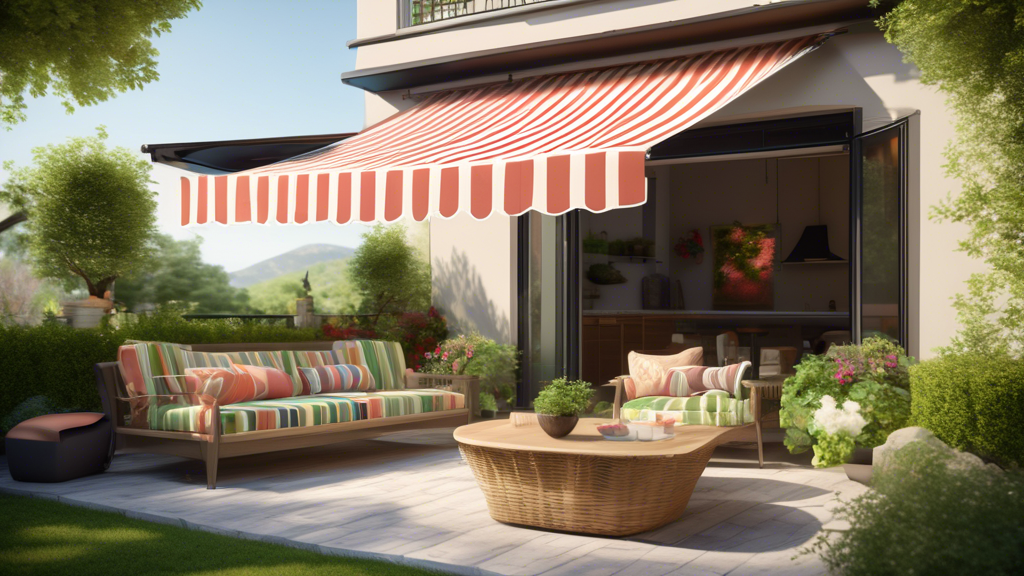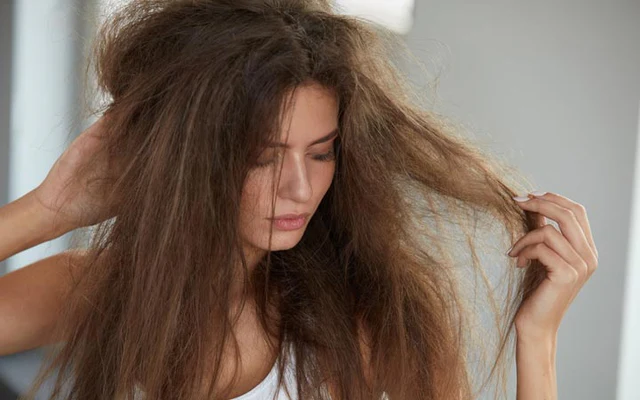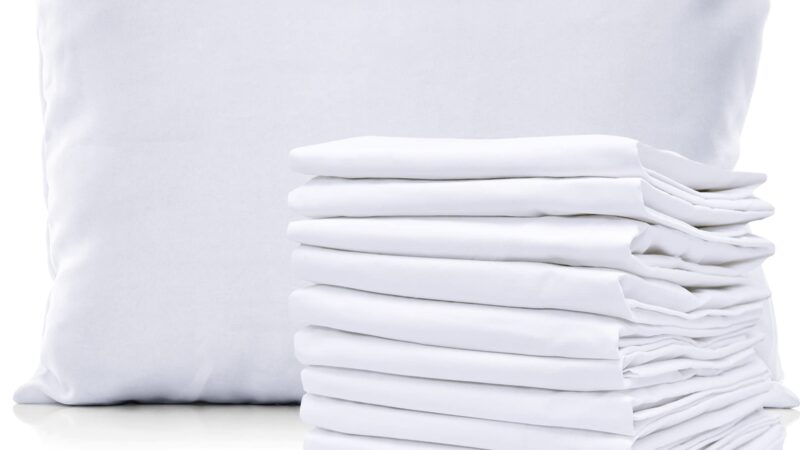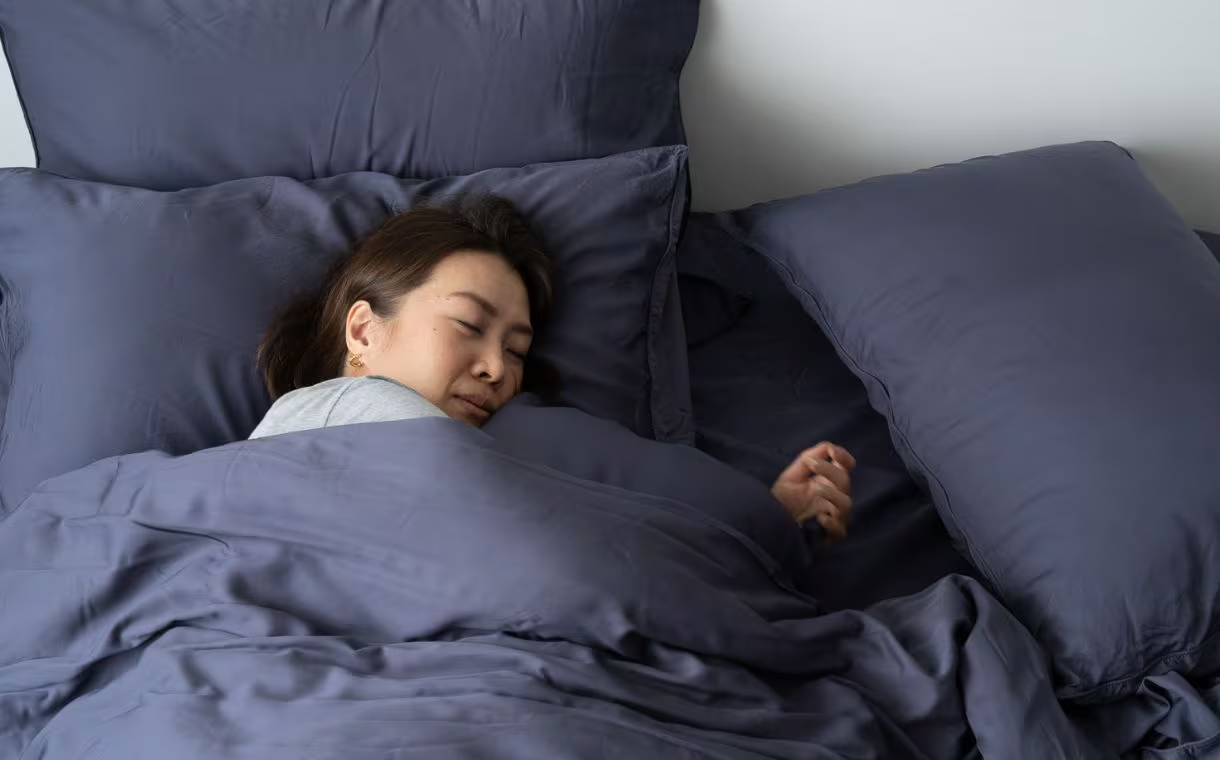Choosing the Right Fabric for Your House Awning: A Guide to Materials and Durability

House awnings are practical additions to your home and stylish features that can enhance its curb appeal. Whether you’re looking to shield your outdoor space from the sun’s rays or create a cosy retreat, choosing the suitable fabric for your awning is essential. With many materials available, each boasting unique properties, it can be overwhelming to make the right decision. This comprehensive guide will explore various fabric options for house awnings, focusing on their durability and suitability for different climates and preferences.
Canvas: The Timeless Classic
For good reason, Canvas has long been a favourite choice for house awnings. This durable fabric is known for its strength and ability to withstand harsh weather conditions. Canvas offers excellent breathability, making it ideal for hot climates where ventilation is crucial. It is crafted from cotton or a blend of cotton and polyester. Additionally, the canvas can be treated to resist water, mould, and UV rays, prolonging its lifespan and maintaining its pristine appearance. While canvas may require occasional maintenance, such as cleaning and resealing, its longevity and timeless appeal make it a popular option for homeowners seeking a traditional awning look.
Polyester: The Low-Maintenance Option
Polyester fabrics are worth considering for those seeking a low-maintenance solution without compromising durability. Polyester is a synthetic material known for its resistance to fading, mildew, and tearing, making it an excellent choice for a house awning exposed to harsh sunlight and inclement weather. Unlike natural fibres like cotton, polyester does not absorb moisture, which means it dries quickly and is less prone to mould and rot. Polyester fabrics are often treated with UV inhibitors to protect against sun damage, ensuring your awning retains its vibrant colour for years. While polyester may lack the natural aesthetic of canvas, its practicality and ease of care make it a popular choice for modern homeowners.
Acrylic: The Versatile Performer
Acrylic fabrics strike the perfect balance between durability and aesthetics, making them versatile for house awnings. Acrylic fibres are solution-dyed, which means the colour permeates the entire fabric, resulting in vibrant hues that resist fading even after prolonged exposure to sunlight. Moreover, acrylic is inherently resistant to mould, mildew, and UV rays, making it an ideal option for humid climates and sunny regions. Acrylic fabrics are also highly breathable, allowing air to circulate freely and reducing heat buildup under the awning. With a wide range of colours, patterns, and textures, acrylic offers endless design possibilities, allowing you to customise your awning to suit your home’s aesthetic.
Vinyl: The Heavy-Duty Solution
For homeowners prioritising durability and weather resistance, vinyl fabrics are an excellent choice for house awnings. Vinyl is a synthetic material known for its strength, waterproof properties, and ability to withstand extreme temperatures and heavy winds. Unlike natural fabrics, vinyl is impervious to moisture, making it resistant to mould, mildew, and rot. Additionally, vinyl fabrics are easy to clean and maintain, requiring only a simple wipe-down with soap and water to remove dirt and debris. While vinyl may lack the softness and breathability of natural fibres, its exceptional durability makes it an ideal option for high-traffic areas and harsh climates where longevity is paramount.
Sunbrella: The Premium Choice for Longevity and Style
Sunbrella fabric has earned a reputation as the premium choice for outdoor applications, including house awnings. Made from acrylic fibres, Sunbrella combines durability, fade resistance, and aesthetic appeal. Sunbrella’s exceptional longevity sets it apart, with a warranty of up to ten years against fading. This longevity is attributed to Sunbrella’s solution-dyed acrylic fibres, which lock in colour pigments deep within the fabric, ensuring vibrant hues that withstand years of exposure to sunlight. Additionally, Sunbrella fabrics are treated with a fluorocarbon finish for water repellency and resistance to stains and mildew. With a vast array of colours and patterns, Sunbrella offers endless design possibilities, allowing you to create a customised awning that complements your home’s exterior.
Eco-Friendly Options: Sustainable Solutions for Conscious Consumers
For environmentally conscious homeowners, fabric options are available that prioritise sustainability without compromising performance. Recycled materials such as polyester from post-consumer plastic bottles offer a greener alternative to traditional fabrics. These eco-friendly fabrics undergo a process where plastic bottles are transformed into durable fibres, reducing waste and minimising the environmental impact. Additionally, some manufacturers offer awning fabrics made from organic or natural fibres, such as hemp or bamboo, which are renewable resources that require fewer chemicals and pesticides during cultivation. Selecting an environmentally sustainable fabric for your residential awning diminishes your carbon footprint and champions sustainable methodologies within the textile sector.
Specialised Fabrics: Tailored Solutions for Specific Needs
In addition to the standard fabric options, specialised materials are available to meet specific requirements and preferences. For example, if you live in an area prone to high winds or storms, consider investing in a hurricane-rated fabric designed to withstand extreme weather conditions. These fabrics are engineered with reinforced fibres and enhanced durability to provide added protection against wind damage and tearing. Similarly, if you’re concerned about privacy or blocking out sunlight, look for blackout fabrics that offer maximum shade and opacity. These specialised fabrics come in various colours and textures to complement your home’s aesthetic while providing the desired level of privacy and light control.
Conclusion
When choosing the suitable fabric for your house awning, there are several factors to consider, including durability, maintenance requirements, and aesthetic preferences. Selecting the appropriate material for your outdoor space can significantly augment its functionality and aesthetic appeal. Whether you prefer the enduring allure of canvas, the easy upkeep of polyester, the versatility of acrylic, or the robust resilience of vinyl, each option offers distinct advantages tailored to your specific needs and preferences. By understanding the unique properties of each fabric option and assessing your particular needs and climate conditions, you can make an informed decision that ensures your canopy remains a durable and stylish addition to your home for years to come.






